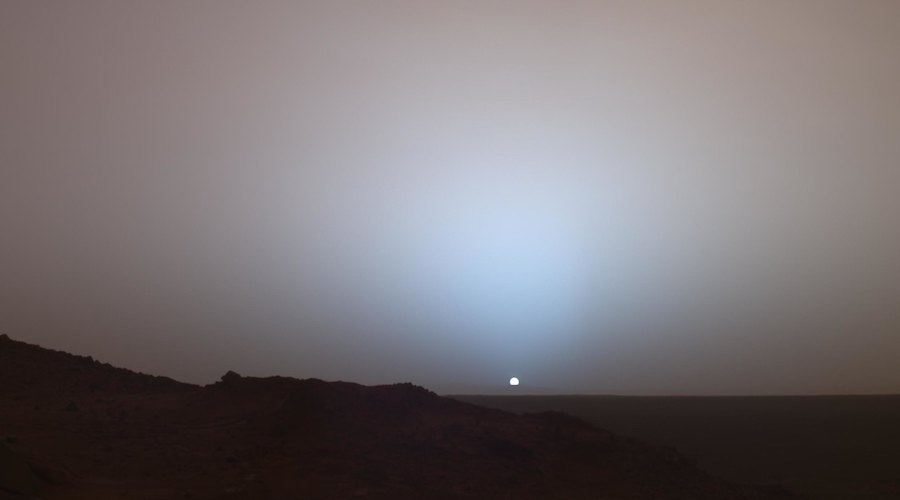
The researchers point out that the regolith characteristics could help turn lava tubes—hollow voids and caves on the surface—into hospitable human habitats.
“These would provide protection from cosmic and solar radiation, and reduce exposure to extreme hot or cold temperatures, in much the same way as the cave dwellings at Coober Pedy,” professor Andrew Dempster said in a media statement, referring to the South Australian town famous for its below-ground dwellings, which are bored into the hillsides due to the scorching daytime heat.
Dempster and his colleague Serkan Saydam are in charge of a project that includes a dirty thermal vacuum chamber, which will provide the best environment in Australia to test the characteristics of such regolith.
But even before the mineral, the techniques to mine a more important resource need to be mastered.
That resource is water but there are still many questions remaining about how much water—in the form of ice—there is under the surface, and where exactly it is located.
This means that analyzing where the ice is in order to then be able to mine it, should be the priority task.
The needed infrastructure
Dempster and Saydam point out that mining water will create an infrastructure that can then be used to properly investigate other extractive materials, such as minerals and rare-earth elements, including yttrium, lanthanum and helium-3.
Depending on the economics, these rare-earth elements could then be transported back to earth where they are already being used in the motors of electric vehicles, and also in the generators used for wind turbines.
“Mining on the surface of the moon or Mars will almost certainly need to be purely robotic, and wholly automated mining is not even currently possible on earth, so significant developments will need to be made before that is possible,” Dempster said. “One solution could be to implement remote operation of the machinery, by a human on the lunar base for example, or even back on earth. This type of mining is already happening to a certain level in locations such as the Pilbara in Western Australia.”
The researcher also noted that it is expensive to transport large mining equipment into space, so smaller machinery will likely need to be used, which in turn will need to be much more precise in excavating the material.
These smaller machines will also need to have more power than is currently required on earth in order to break the rocks.
“Just 10 years ago the concept of off-earth mining was still completely new, but the rate of growth in terms of research and development has been significant,” the scientists said. “Experts believe that off-earth mining, and potential subsequent colonization of the moon and Mars, are indeed realistic within the next 30 years.”




